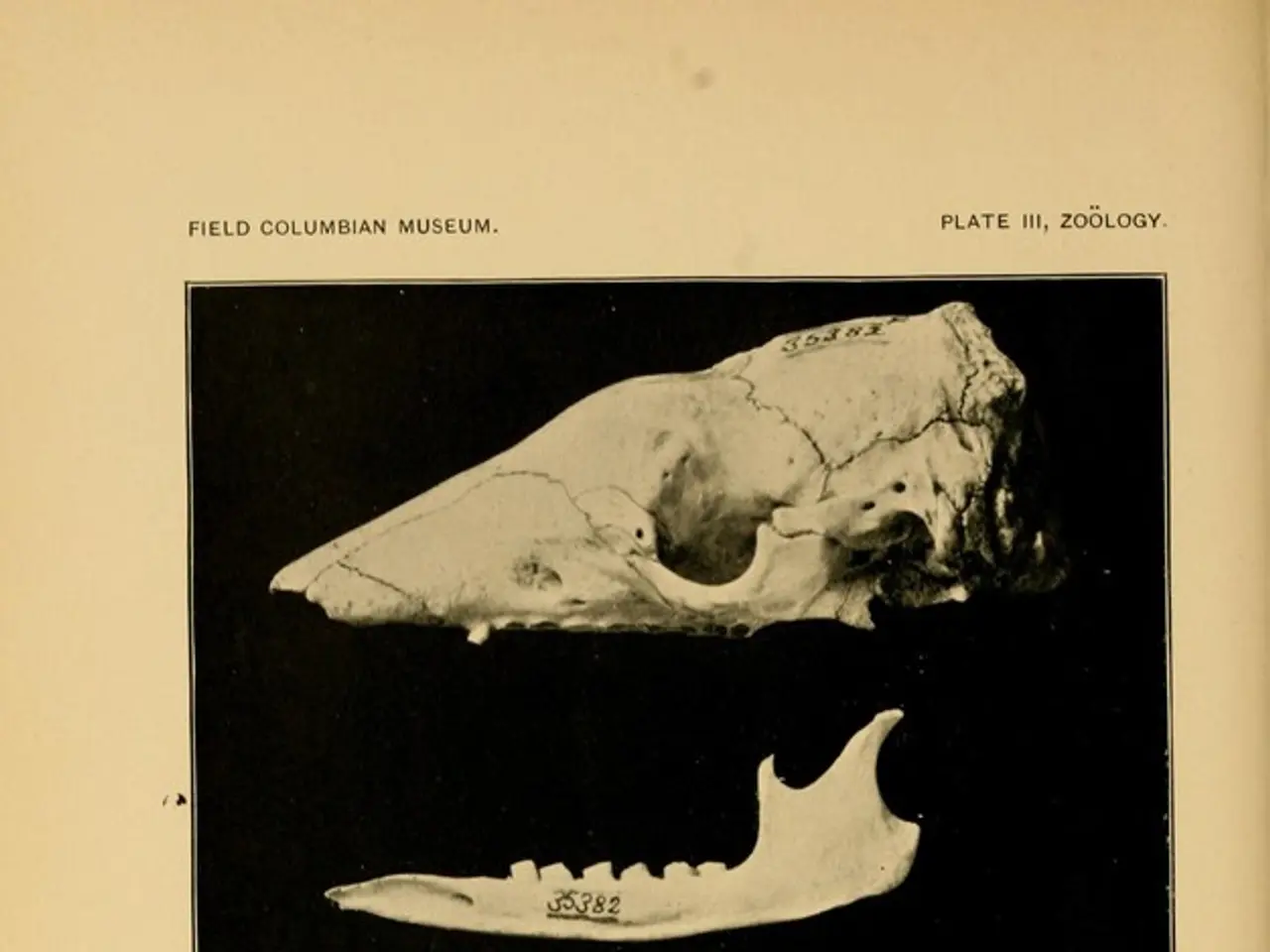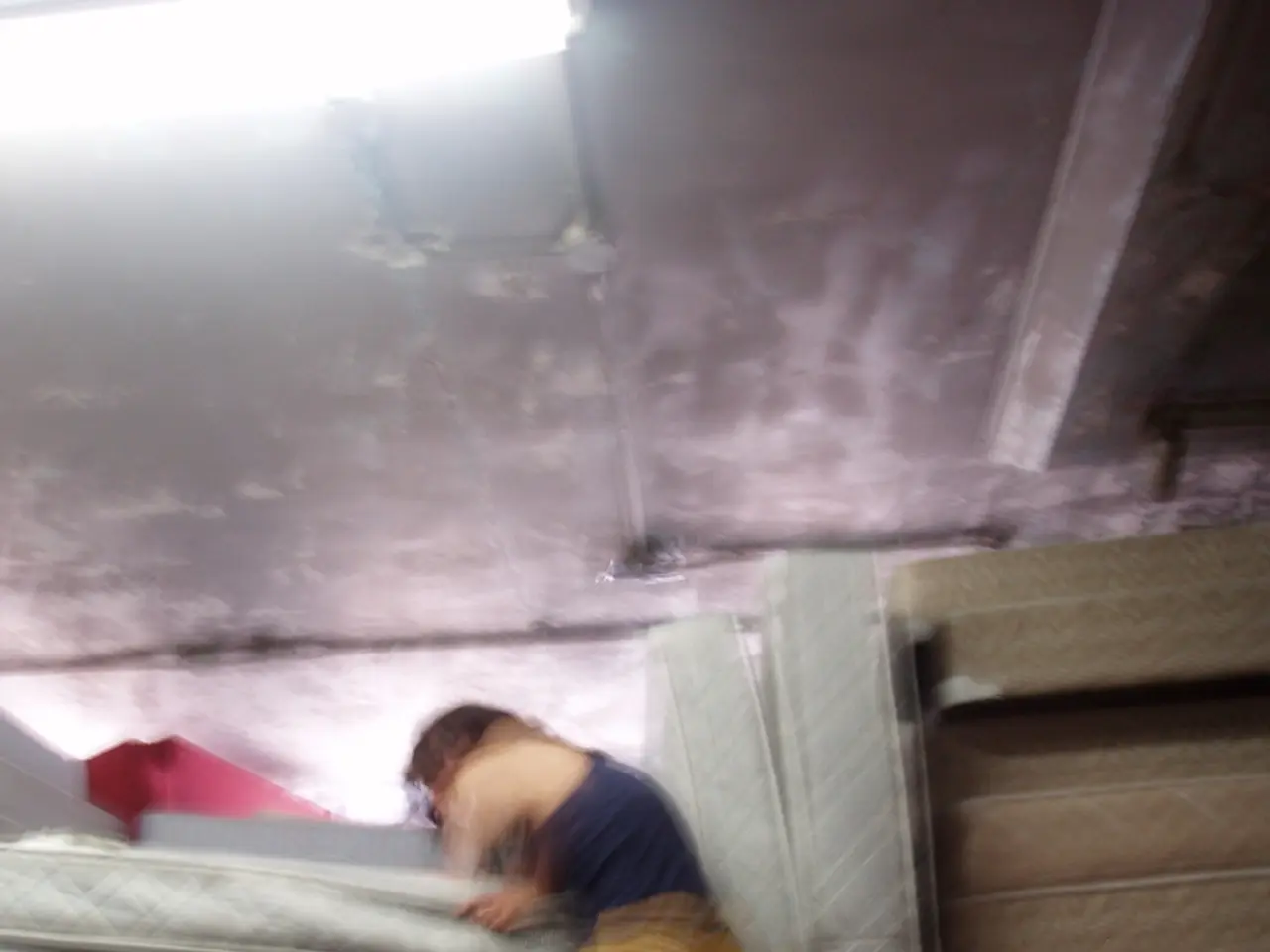Unusual complication of calcific tendinopathy identified in the infraspinatus muscle, involving the formation of calcifications.
A 55-year-old woman recently sought medical attention due to persistent pain in her right shoulder, a condition that had been worsening over the past few months, limiting her ability to perform daily activities.
Upon physical examination, the patient displayed signs of muscle weakness and atrophy in the affected shoulder, with tenderness over the supraspinatus and infraspinatus tendon insertions. The pain was described as an ache that radiated from the top of her shoulder down to her upper arm, and occasional episodes of sharp stabbing pain during certain movements.
The diagnostic process revealed that the patient was suffering from calcific tendinopathy, a condition marked by the accumulation of calcium hydroxyapatite crystals within tendons, predominantly affecting the rotator cuff. In this case, the infraspinatus tendon was primarily affected.
The radiograph of the right shoulder revealed evidence of calcific tendinopathy in the infraspinatus tendon, and dynamic scanning during shoulder movement demonstrated incomplete gliding of the infraspinatus tendon caused by the calcifications, with evidence of an inflammatory flare-up and localized edema within the infraspinatus muscle belly.
The most frequently affected tendon is the supraspinatus (80%), followed by the infraspinatus (15%) and subscapularis (5%). However, in this case, the calcifications had relocated within the shoulder, with intramuscular migration being an unusual and underreported complication.
This intramuscular migration, as seen in this case, poses significant diagnostic challenges. The common imaging characteristics of this phenomenon include calcific deposits with characteristic dense, hypointense signals on X-ray and MRI, sometimes accompanied by surrounding edema or swelling seen as hyperintense areas on fluid-sensitive MRI sequences. Ultrasound will show hyperechoic calcifications with shadowing and adjacent soft tissue swelling.
In cases of intramuscular migration, MRI is pivotal in distinguishing between tendon-based and muscle-based complications. The resorptive phase of calcific tendinopathy, during which calcifications may migrate to neighboring tissues, is often associated with severe pain.
This rare complication is associated with increased pain and functional limitation compared to typical cases of calcific tendinopathy. The patient is currently undergoing treatment to manage her symptoms and address the underlying condition.
The patient's chronic kidney disease may be affected by her current health and wellness condition, considering the impact of chronic diseases on the body. As a football enthusiast, she might have to take a break from watching European leagues like the Premier League due to her ongoing shoulder pain. To find relief and potentially improve her fitness and exercise abilities, she might consider physical therapy to address the medical-condition in her shoulder caused by the calcific deposits in the infraspinatus muscle belly, a complication rarely seen in cases of calcific tendinopathy. Scientists researching chronic-diseases might find her case interesting, as the intramuscular migration of calcific tendinopathy is not well-documented in medical literature.




